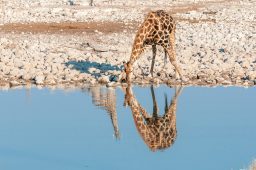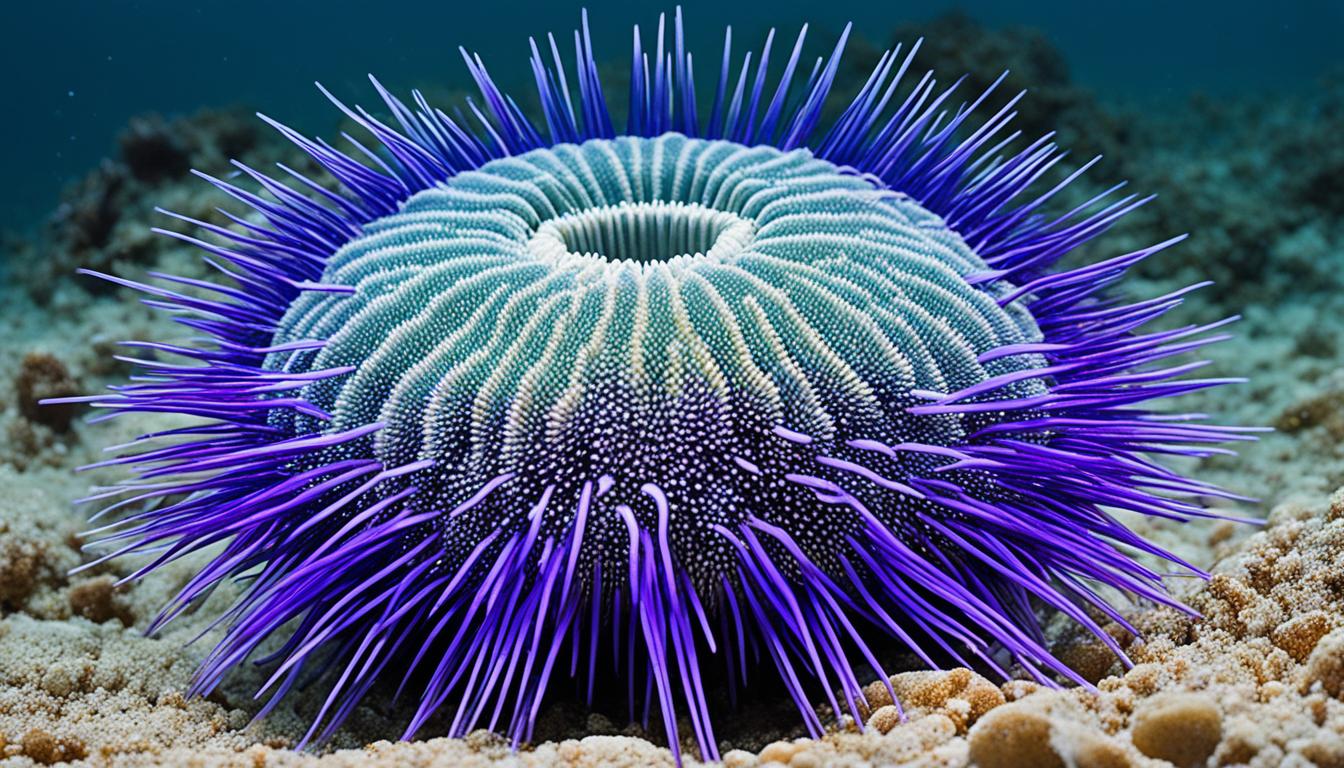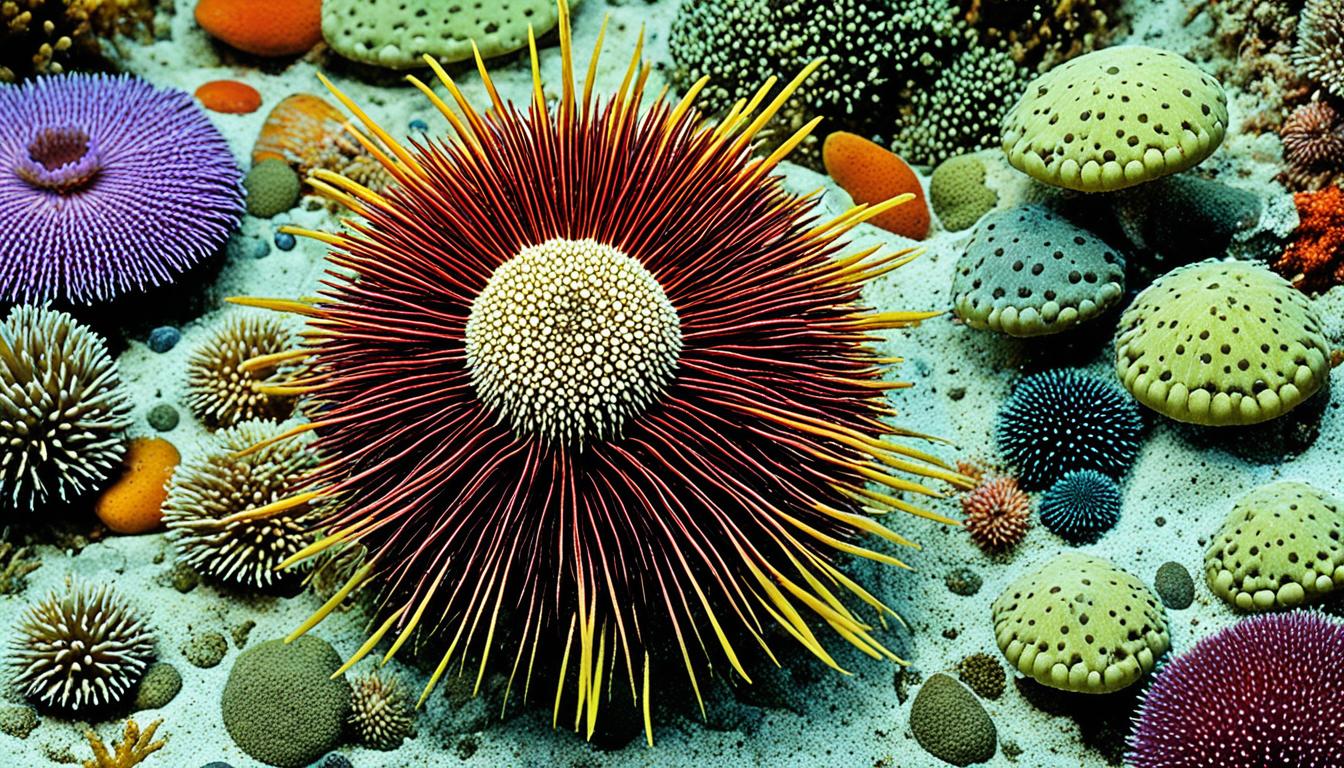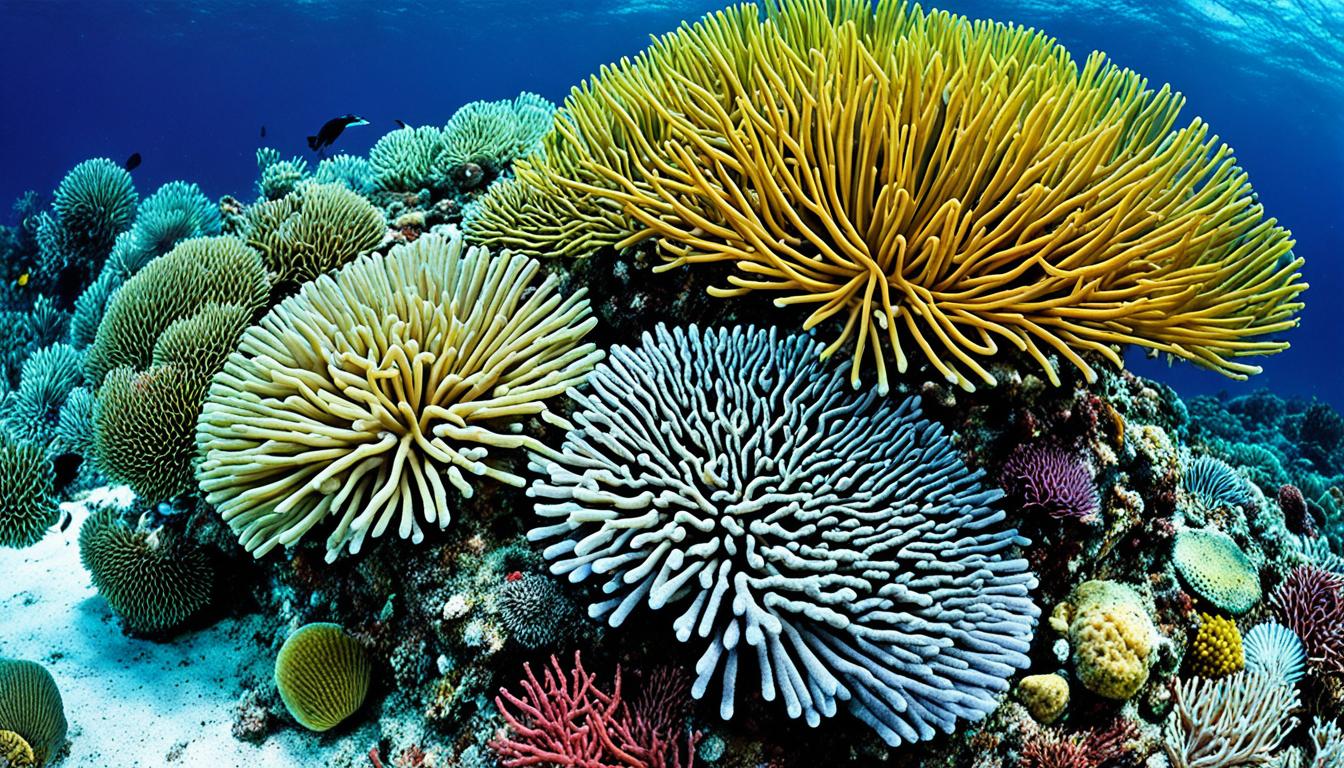It has recently been proved by studies that giraffes could potentially swim – but not very well at all. As for diving – that is a definite no for giraffes.
How Far Can Giraffes Swim?

It was often said – by scientists – that giraffes couldn’t ever swim. Ever.
Giraffes had never been seen swimming – and you can’t just go and drop one in a pool to check (even though there is a popular video online showing a wonderfully animated giraffe swim team).
Due to the fact that giraffes are taller than most rivers and lakes are deep – and there is no food for giraffes in the water – they are never seen even attempting to swim. There are many images online of them wading in the water and standing in water – but they aren’t swimming.
According to recent modeling, it was proved that giraffes – like most mammals – could stay buoyant in water and propel themselves forward slowly with a ‘doggy paddle’ style stroke. However, they would be very unstable. Due to the immense weight of their shoulder area and the length of their necks – they would have to swim in a rather uncoordinated manner – with their head straight out in front and legs far out at the rear. Not in their normal upright stance – head up top – as you would imagine.
Therefore – even with the fittest giraffe in the calmest of waters – they aren’t going to win any medals.
It would be more likely that they were able to swim just far enough to regain their footing under the water. It would be very unlikely that they would be able to cover any great distances in water unless their life depended on it.
Can Giraffes Dive Into Water?

Absolutely not. Giraffes necks may well be strong and muscle-laden – but there would be no reason at all why a giraffe would need to – or want to – dive headfirst into any water body. We, humans, need a certain depth of water to dive ourselves – so imagine how deep water needs to be for a giraffe to dive in? Giraffes diving into the water just wouldn’t be safe.
There are no obvious reasons why a giraffe would even need to be completely submerged in the water either. It would absolutely make sense both energy- and safety-wise for a giraffe to remain on all fours. Walking into the water is safer all around for any animal really – especially in unknown areas.
And giraffes may not be able to hold their breath under water either. Keeping your head above the water level just couldn’t happen if you were diving in head-first.
Will Giraffes Wade Into Deep Water?
In the often crocodile-infested murky waters of Africa where giraffes live – going into the water at all is a huge risk. If you are unstable swimming – then even more so.
However, as the giraffe is so tall – they just walk if they have to – and are often seen wading up to their knees across rivers. There are many videos and images of just a giraffe’s head poking out of the water as they cross a river or try to reach a submerged tree after heavy flooding – but most of them are fake. There don’t seem to be any genuine sightings of giraffes walking up to their neck in water.
Elephants on the other hand are often seen trunk-deep crossing rivers – so perhaps there is some other reason for giraffes to not do the same?
Article: How Long Can Elephants Swim Underwater?
Do Giraffes Keep Their Spots Throughout Their Lives?
Giraffes’ characteristic spots remain a constant feature throughout their lives. These unique markings, resembling puzzle pieces, serve as a form of camouflage, blending into their surroundings and providing protection against predators. From birth to adulthood, the pattern remains consistent, making giraffes easily identifiable even in a herd.
Will Crocodiles Attack Giraffes?
One of the risks of rivers and lakes for giraffes is crocodiles. Unfortunately, it isn’t unheard of for a giraffe to be attacked by crocodiles in the water and killed. Crocodiles are huge – and persistent – and so the size of their prey doesn’t put them off – they even attack elephants and lions.
Once a giraffe is a bit on the leg – those crocs don’t let go. They just hold on until the animal is weakened and most likely will die. Crocs can hold on for hours.
The size and weight of the giraffe aren’t an issue for crocodiles as they just need to keep hold of it for as long as possible wherever they grab it. If in the water at the time – where possible they will try to drown it. If they catch them drinking at the water’s edge this is sometimes easier – but catching one deep in the water can be a long drawn-out lunch.








